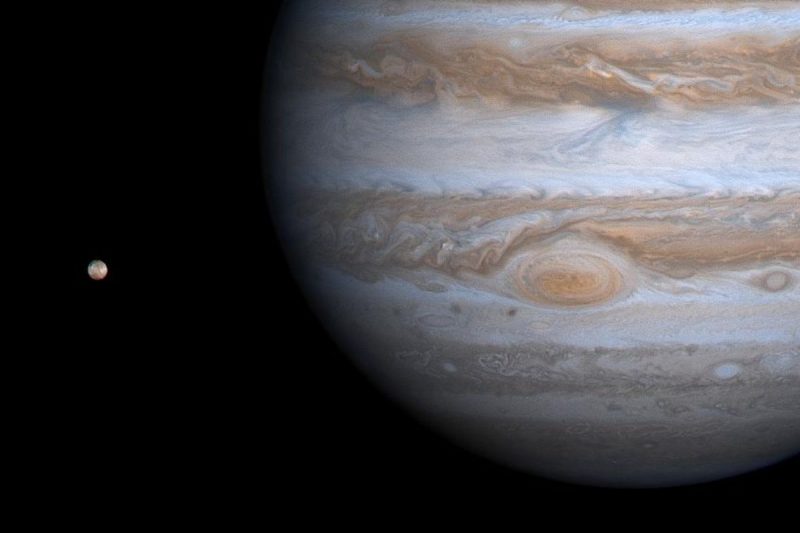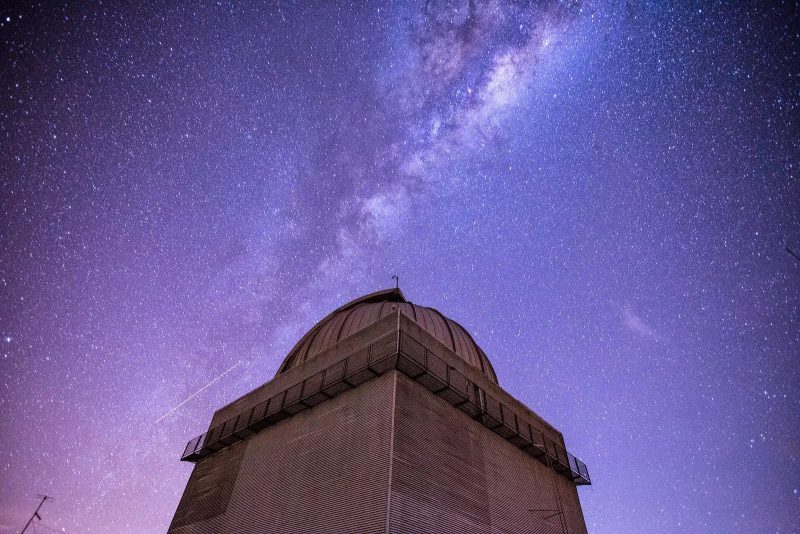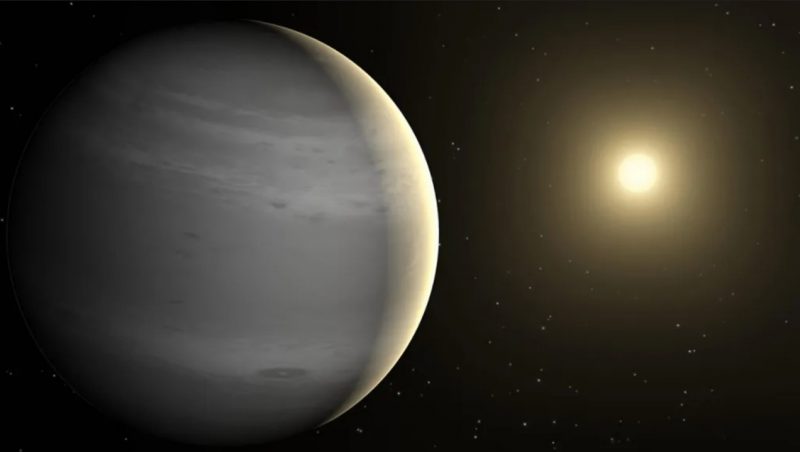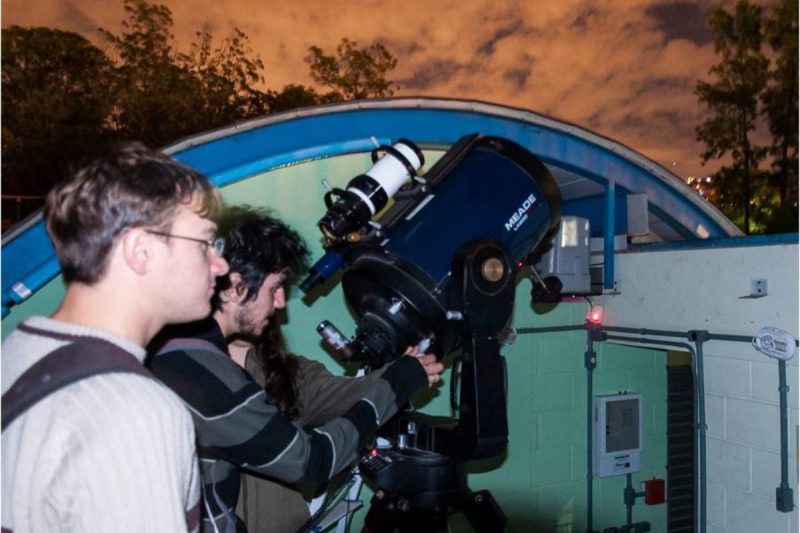A professor and a student from UFSC (Federal University of Santa Catarina) have participated in the discovery of a giant exoplanet, a celestial body located outside the solar system. Researcher Roberto Saito and graduate student Vitor Firmiano worked with an international team.
 The giant exoplanet has a mass 5.8 times that of Jupiter, the largest planet in the solar system. Image: NASA/JPL/University of Arizona
The giant exoplanet has a mass 5.8 times that of Jupiter, the largest planet in the solar system. Image: NASA/JPL/University of ArizonaThey report the unprecedented discovery of the exoplanet TOI-4562c in a scientific paper to be published in the International Journal of Astronomy and Astrophysics.
The discovery was made using data from NASA’s TESS space telescope and the Brazilian Zeiss telescope from the Pico dos Dias Observatory in Minas Gerais.
Professor Roberto Saito and student Vitor Firmiano participated in the discovery of the giant exoplanet from the first discussions with researchers from Chile and Germany, through observations in Brazil and data analysis and interpretation.
 The Pico dos Dias Observatory, in Minas Gerais state, houses the largest telescope in Brazil – Photo: Leandro Negro/Agência FAPESP
The Pico dos Dias Observatory, in Minas Gerais state, houses the largest telescope in Brazil – Photo: Leandro Negro/Agência FAPESPThe exoplanet TOI-4562c is similar to Jupiter, being a gas giant. The object has a mass 5.8 times that of Jupiter, the largest planet in the Solar System, and takes about 11 years (3,990 days) to complete one orbit around the star TIC 349576261.
How did researchers discover the giant planet outside the solar system?
The team concluded that the giant exoplanet TOI-4562c is part of a young planetary system, still in the early stages of formation. But the study began with the discovery of another celestial body.
In 2023, an international team of researchers discovered a new planet called TOI-4562b, orbiting a star 1,000 light-years from Earth.
 NASA representation showing the giant exoplanet of the TOI-4562 system – Image: Reproduction/NASA
NASA representation showing the giant exoplanet of the TOI-4562 system – Image: Reproduction/NASABut they realized that the transits of the planets did not occur at the times the models calculated. These delays and advances pointed to the possibility of a disturbance by a third body.
Using data from NASA telescopes and the Pico dos Dias Observatory, the team of researcher Roberto Saito and student Vitor Firmiano discovered a second exoplanet in the planetary system.
The technique used was Transit Time Variation, known by its abbreviation TTV. The planet’s transit in front of the star was observed using a telescope in Minas Gerais on a November night in 2023.
 Professor Roberto Saito and student Vitor Firmiano discovered the giant exoplanet in partnership with researchers from Chile and Germany – Image: Reproduction/Agecom/UFSC
Professor Roberto Saito and student Vitor Firmiano discovered the giant exoplanet in partnership with researchers from Chile and Germany – Image: Reproduction/Agecom/UFSCIn September of this year, the scientific article was accepted for publication by Astronomy & Astrophysics. Information about the new giant exoplanet It already appears in the Encyclopedia of Exoplanets. And on Wikipedia.
In addition to the UFSC team, data analysis included experts from UFRN (Federal University of Rio Grande do Norte), researchers from the National Institute for Space Research (INPE), the National Laboratory for Astrophysics (LNA), and institutions in Chile and Germany.



![[VÍDEO] Elton John’s final show in the UK has the crowd moving](https://www.lodivalleynews.com/wp-content/uploads/2023/06/Elton-John-1-690x600.jpg)

More Stories
What ChatGPT knows about you is scary
The return of NFT? Champions Tactics is released by Ubisoft
What does Meta want from the “blue circle AI” in WhatsApp chats?